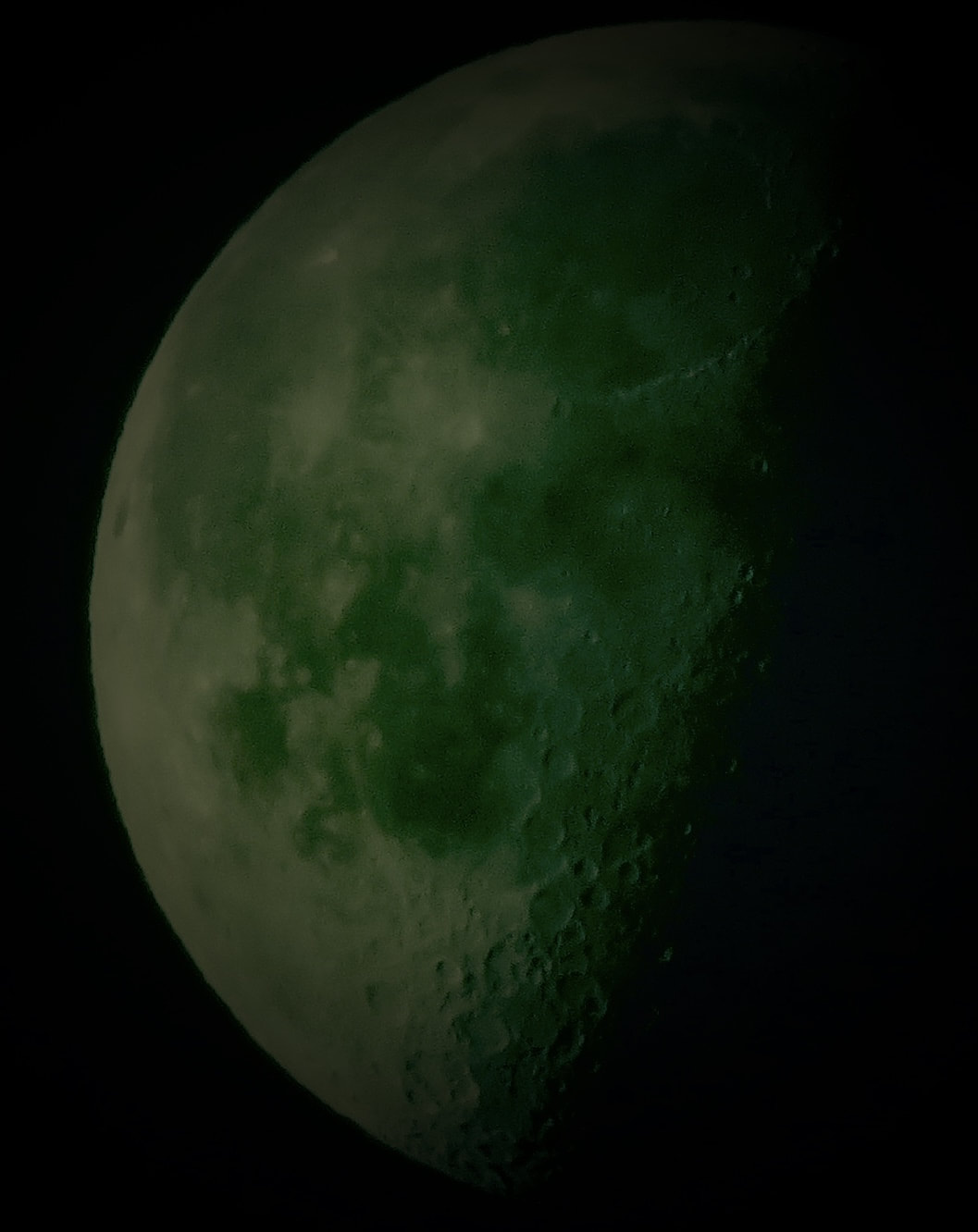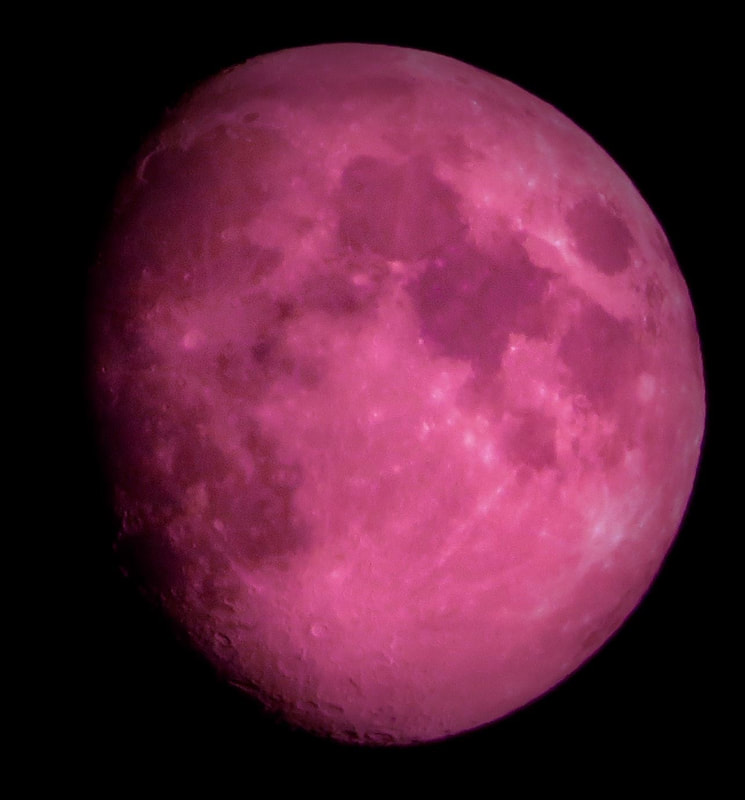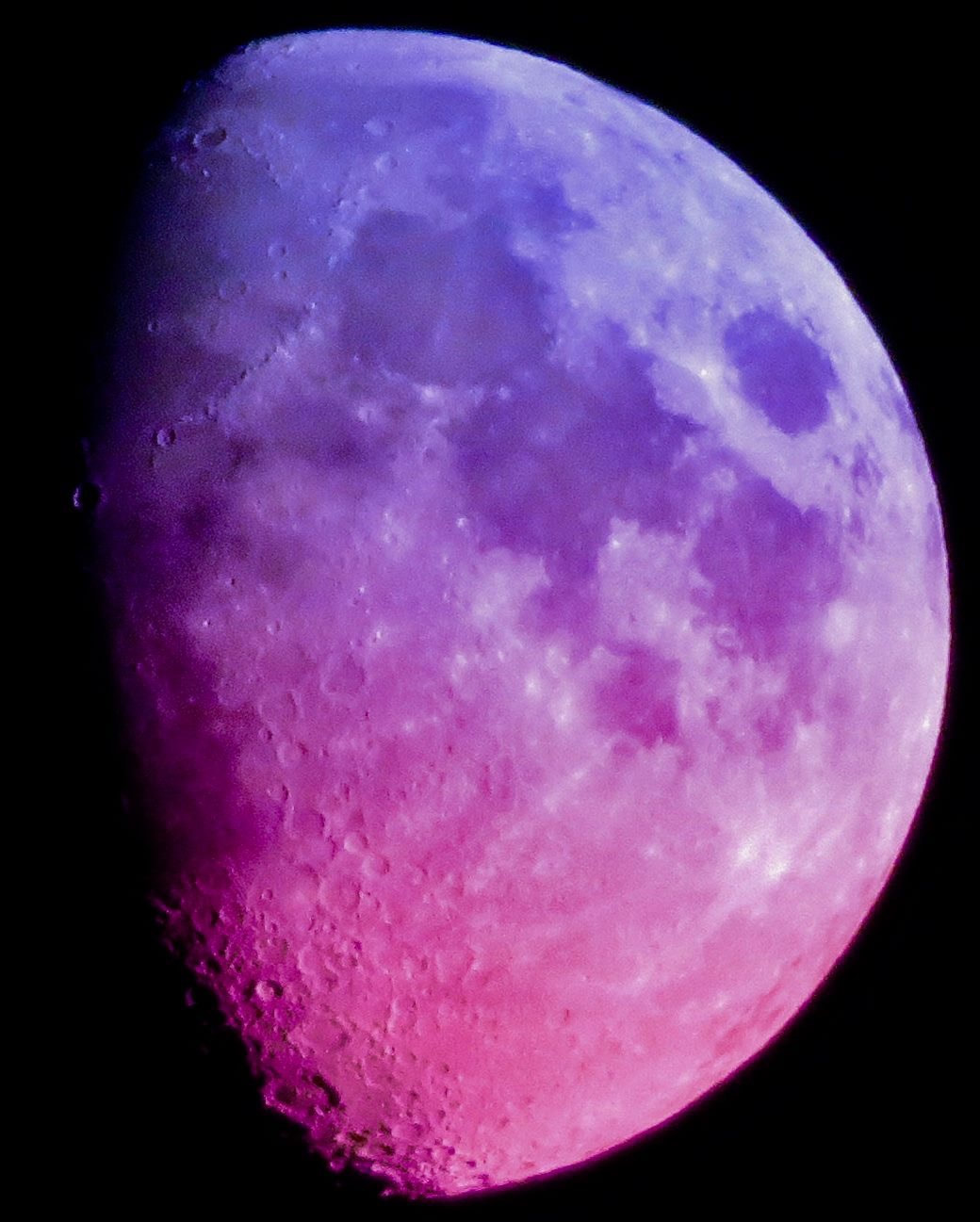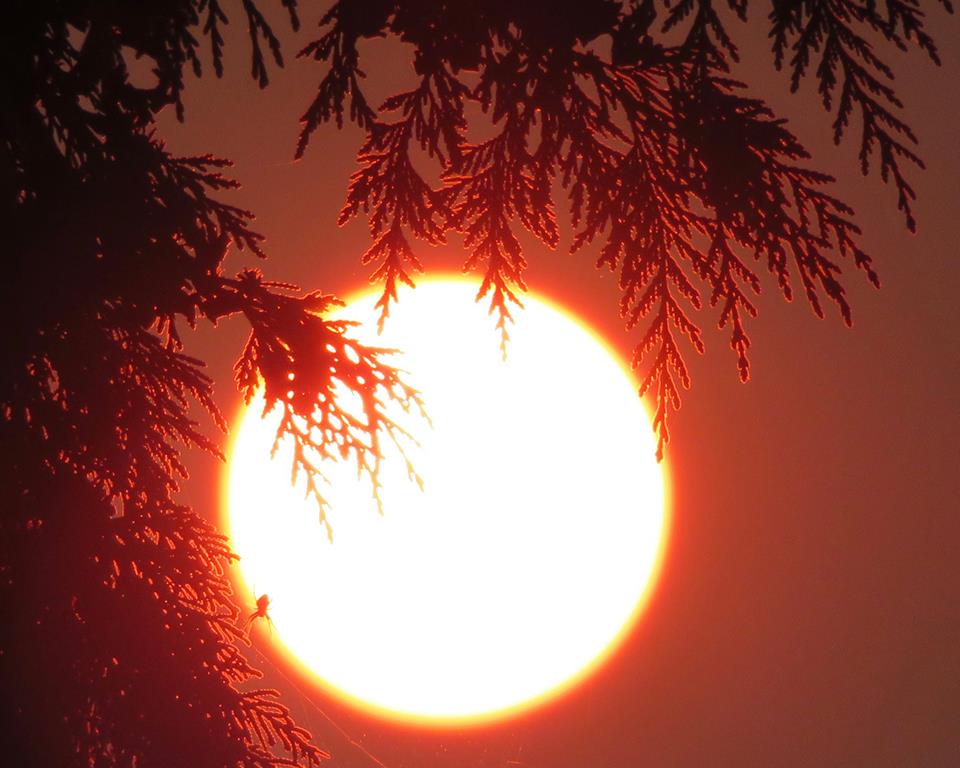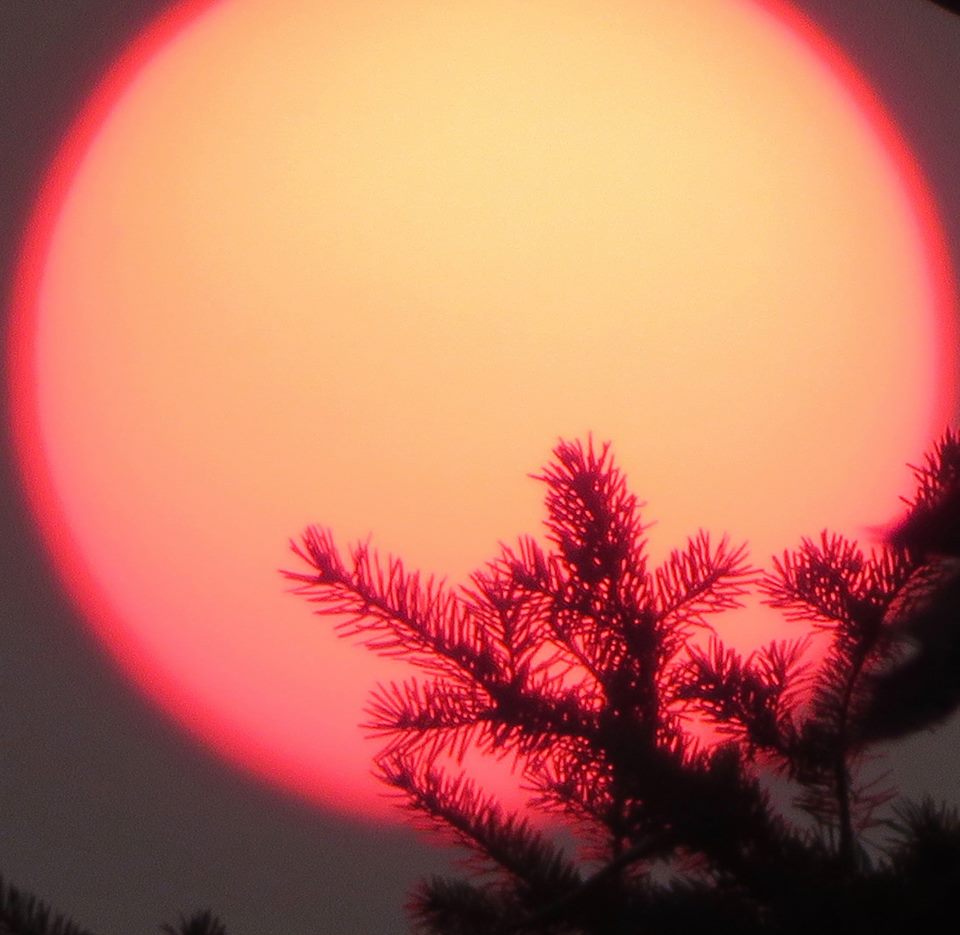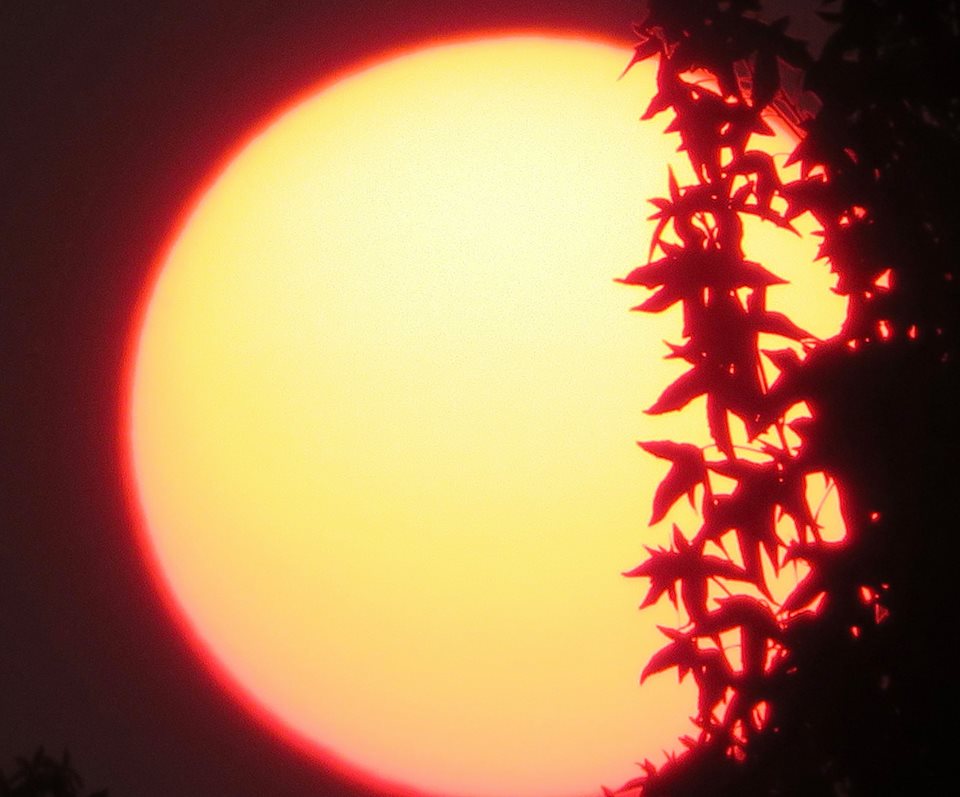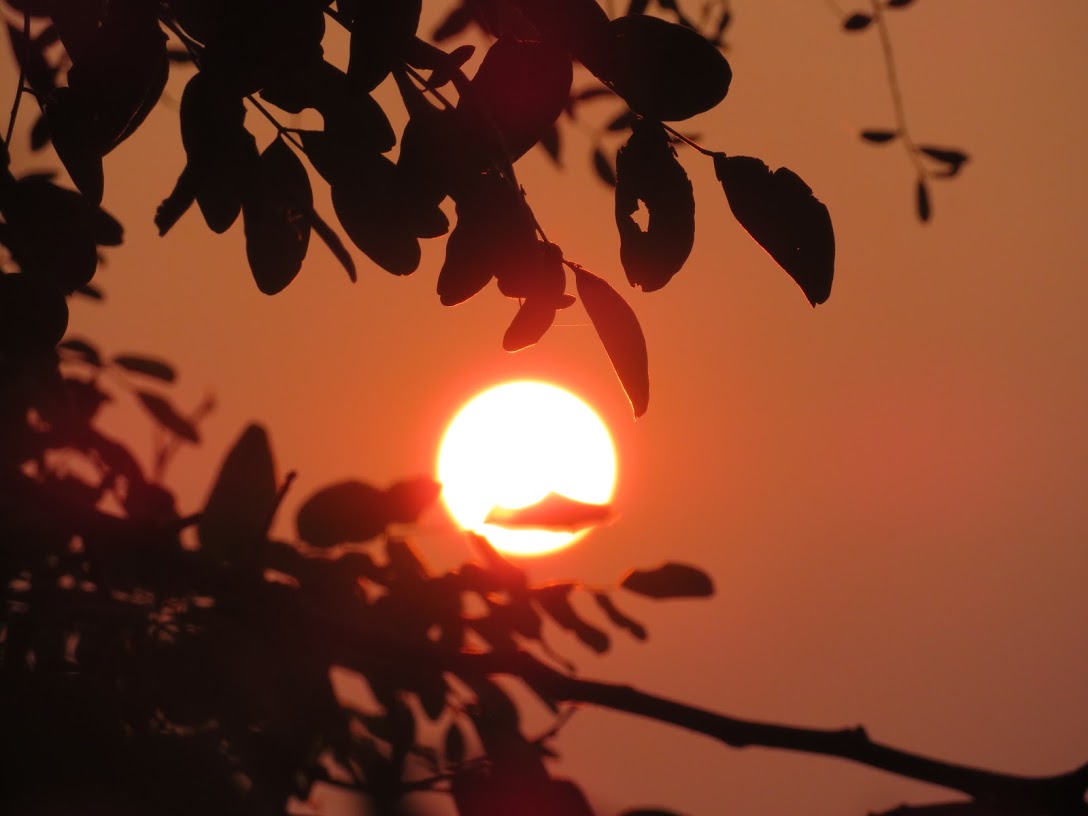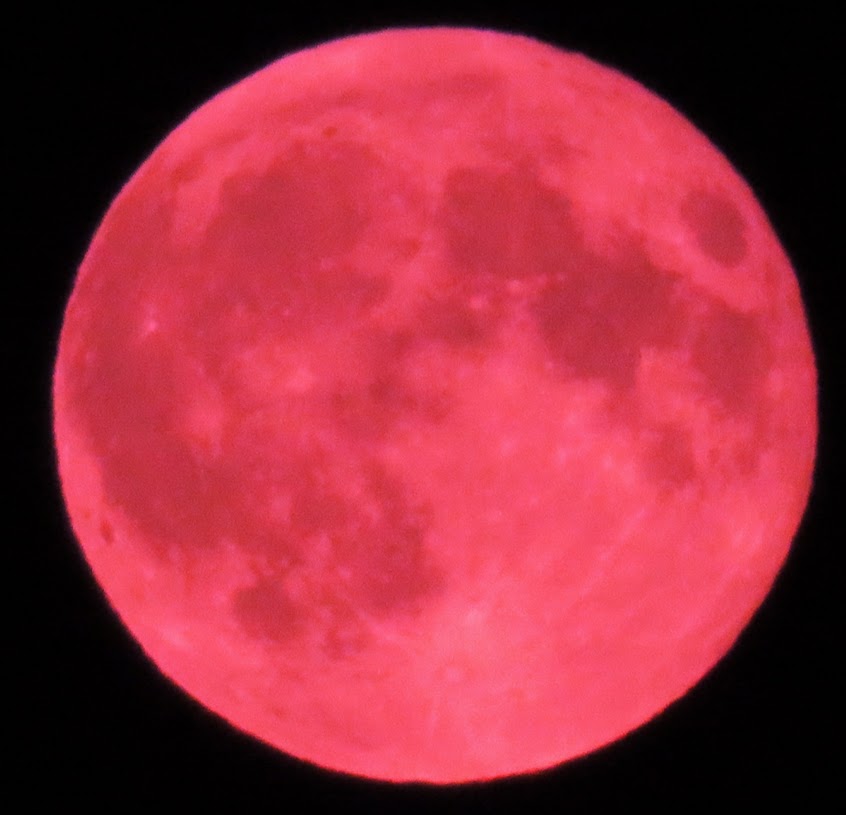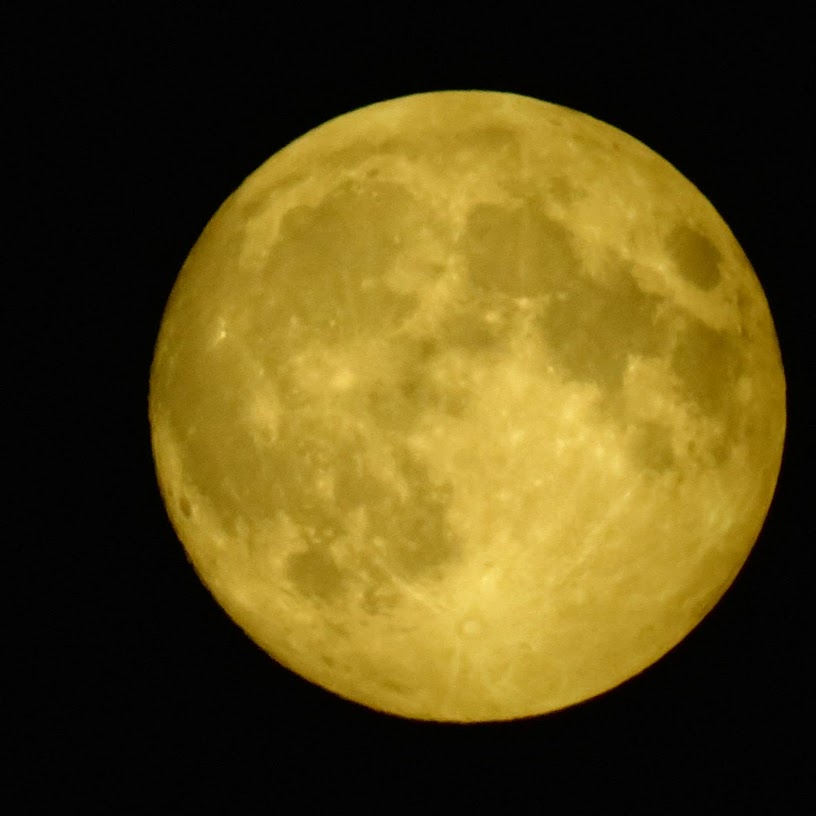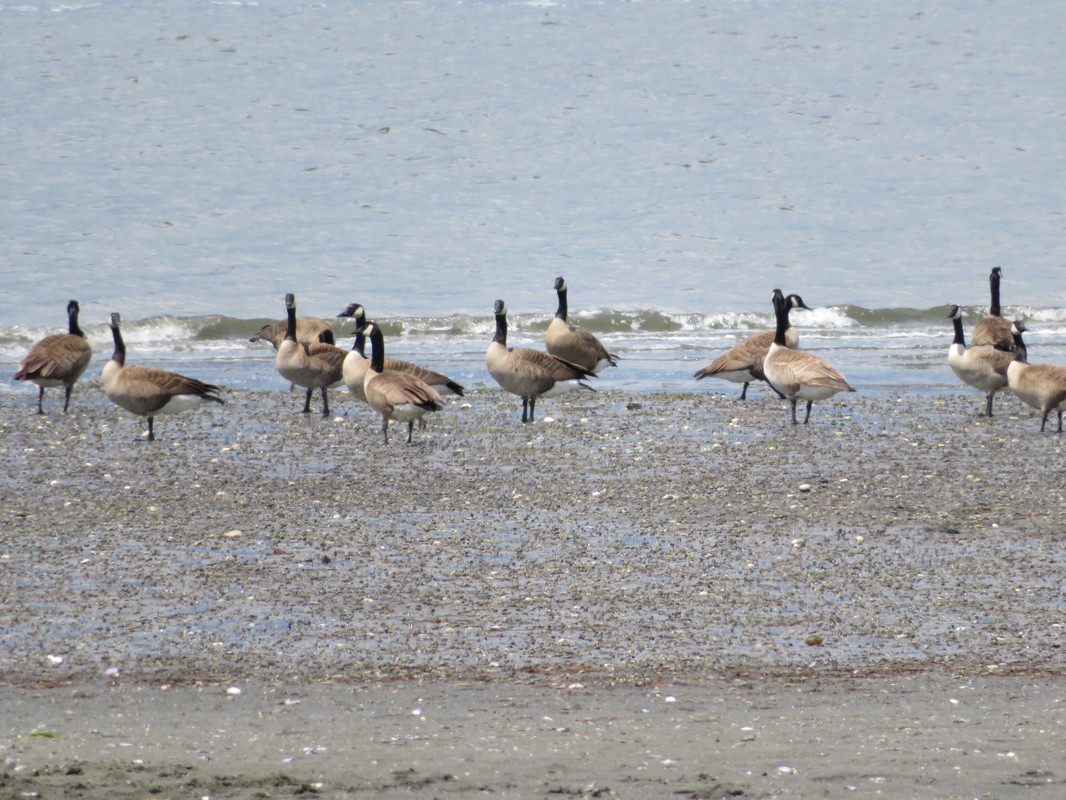By G.R. Kaye
Published by Superintendent, Government Printing India, Calcutta - 1920
Read book online:
https://bit.ly/3epVc2r
Download pdf book:
https://bit.ly/2RG0xbW
Image:
Painting of the Observatory at Delhi. by William Simpson, watercolour on paper, India, 1864.
Credit: Copyright: © Victoria and Albert Museum, London
RAREBOOK SOCIETY
Plate 20 from the fifth set of Thomas and William Daniell's 'Oriental Scenery' called 'Antiquities of India.' The Observatory of Delhi, the Jantar-Mantar, was built around 1724 and was one of a series of observatories built by Maharaja Savai Jai Singh II of Jaipur. Other observatories are found at Jaipur, Ujjain, Varanasi and Mathura. The artist was fascinated by the '...singularity as well as the magnitude of such astronomical instruments'. The main instrument depicted, the Samrat-Yantra, in a different view from plate 19, is 'an equinoctial dial, consisting of a triangular gnomon with the hypotenuse parallel to the earth's axis, and on either side of the gnomon is a quadrant of a circle parallel to the plane of the equator.' In the distance is the Ram-Yantra, one of two circular structures used for calculating the horizontal (azimuth) and vertical (altitude) angles of heavenly bodies.
Image and text credit:
Copyright © The British Library Board
Rare Book Society
The Observatory of Jai Singh, Delhi - 1826
Pencil drawing of the Observatory of Jai Singh at Delhi by an anonymous artist, 14th November 1826. Inscribed on the front is: 'Delhi. S.S.W. view of Observatory from Sketch by P.T.C. Novr. 14th 1826', with notes on the measurements and types of stone.
Known as the Jantar Mantar, this observatory in Delhi was one of five built by Maharaja Jai Singh II in around 1724. The Mughal emperor Muhammad Shah gave this task to Jai Singh, a keen astronomer, in order to revise the calendar and astronomical tables. The observatory contains 13 different instruments for calculating the time of day, the altitudes of heavenly bodies, the positions of constellations etc. The instruments are still used today to forecast temperatures, calculate the expected arrival, duration and intensity of the monsoon season and the likelihood of flood or famine.
Located in the Parliament Street, south Connaught Circle near Hanuman Temple. of New Delhi, Jantar Mantar is a vast observatory built to help and improve upon the studies of time and space as was known. It was built by Maharaja Jai Singh in the year 1724 and forms a part of a collection of five such observatories located in Jaipur, Ujjain, Varanasi and Mathura.
Image and text credit:
Copyright © The British Library Board



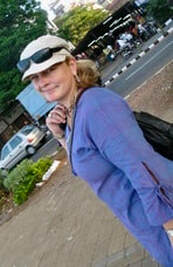





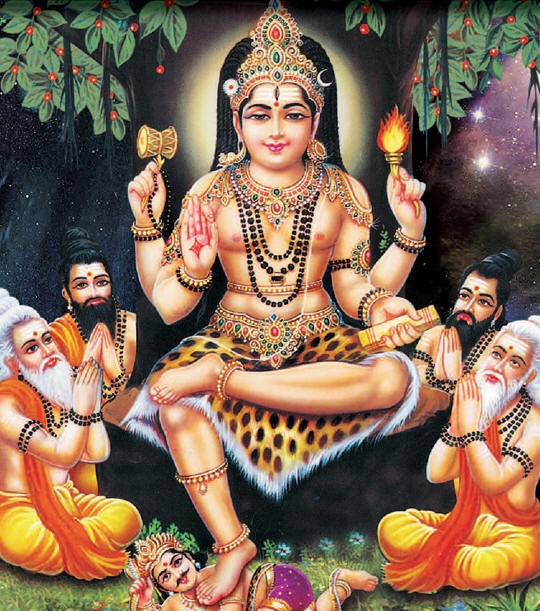



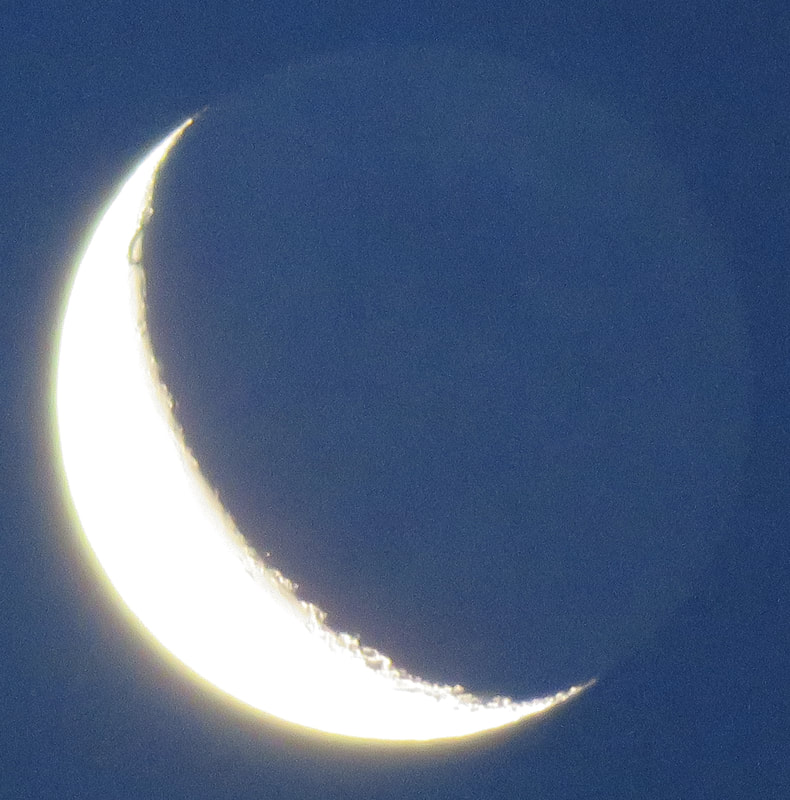











 RSS Feed
RSS Feed































